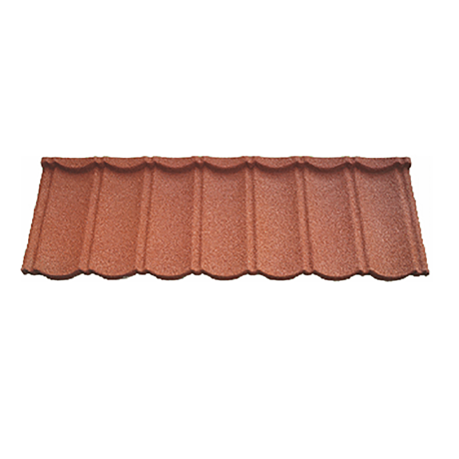
अगस्ट . 11, 2024 02:06 Back to list
Understanding the Actual Lifespan of a Roof Rated for 30 Years in Real-World Conditions
How Long Does a 30-Year Roof Really Last?
When it comes to protecting your home from the elements, your roof plays a crucial role. Many homeowners often hear the term 30-year roof, referring to the lifespan of certain materials, particularly asphalt shingles. However, the question arises how long does a 30-year roof truly last? The answer is not as straightforward as one might think.
Understanding the 30-Year Roof
The term 30-year roof primarily describes the expected lifespan of asphalt shingles under ideal conditions. It gives homeowners an estimation of how long the roofing material should function effectively before needing a replacement. However, this timeframe doesn’t necessarily equate to the actual lifespan due to various influencing factors.
Factors Influencing Roof Lifespan
1. Material Quality Not all roofing materials are created equal. High-quality asphalt shingles may last close to their 30-year promise, while lower-grade options may degrade significantly sooner. Other materials, such as metal, tile, or slate, often have longer lifespans but also come with different price points.
2. Climate Conditions Roofs in areas with extreme weather conditions can experience shortened lifespans. For instance, regions prone to heavy snow, strong winds, or prolonged exposure to UV rays can degrade roofing materials faster than those in more temperate areas.
3. Installation Quality A properly installed roof is crucial to its longevity. Poor installation can lead to leaks, inadequate ventilation, and premature wear. It’s essential to hire experienced contractors who offer warranties on their workmanship.
how long does a 30 year roof really last

4. Maintenance Practices Regular maintenance, such as cleaning gutters, removing debris, and inspecting for damage, can significantly extend the life of a roof. Neglecting maintenance can lead to issues like moss growth or structural damage, which can result in early roof replacement.
5. Roof Design The design and pitch of a roof can also impact its longevity. Steeper roofs tend to shed water and snow more efficiently, reducing the risk of leaks and other water damage.
Realistic Expectations
While the label “30-year roof” might suggest that your roofing materials will last precisely three decades, the reality is often different. Many homeowners find that their roofs may start showing signs of wear after 15 to 20 years, particularly if they are in harsh climates or if proper maintenance has not been performed.
It’s not uncommon for shingles to lose granules, fade, or curl as they age. Homeowners should consider having their roofs inspected regularly, especially as they approach the 15-year mark. This proactive approach can help identify potential problems early and extend the roof's service life.
Conclusion
In summary, a 30-year roof serves as a guideline for potential longevity under optimal conditions, but various factors can prevent it from reaching that milestone. By focusing on material quality, ensuring proper installation, conducting regular maintenance, and considering environmental impacts, homeowners can help maximize the lifespan of their roofing systems. Ultimately, being informed and proactive about roof care can save you money and stress in the long run, ensuring your home remains protected for years to come.
-
Moonlight White HIREFLE Granules with GPT-4 Turbo
NewsAug.02,2025
-
Premium Round Asphalt Shingles: Durable & Elegant Roofing
NewsAug.01,2025
-
Eco-Friendly Clay Tiles | AI-Enhanced Durability
NewsJul.31,2025
-
Durable Shingle Granules for Premium Roofs
NewsJul.31,2025
-
Stone Coated Metal Roof Tile-Roman Tile for Durable Roofing Solutions
NewsJul.30,2025
-
Stone Coated Metal Roof Tile-Wood Grain Tile for Durable Roofing
NewsJul.30,2025







